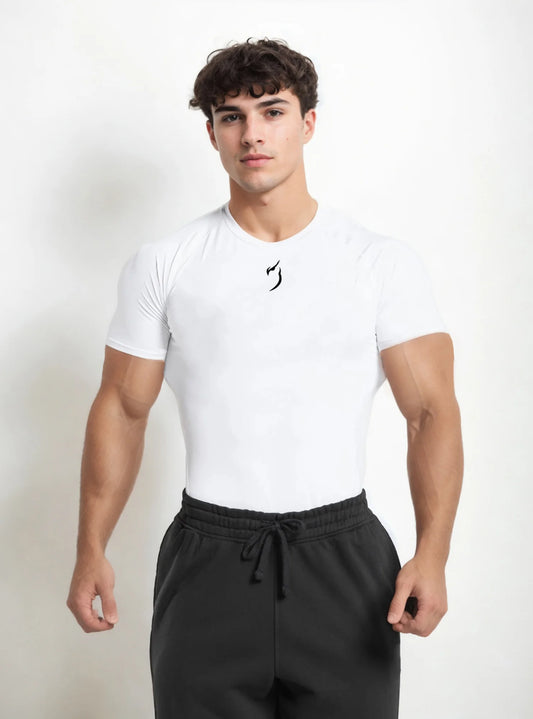Deadlifts are a go-to exercise for building strength and muscle, but they can sometimes lead to lower back pain if not done right. This guide will walk you through why it happens, how to prevent it, and what to do if you’re already feeling the strain.
What Causes Lower Back Pain After Deadlifts?
Lower back pain after deadlifts usually boils down to improper technique or overloading. Here are some common culprits:
- Rounding or Arching the Back: Losing the natural curve of your spine increases stress on muscles and discs.
- Hyperextension: Overarching your back, especially at the top of the lift, strains muscles and ligaments.
- Not Engaging the Core: Weak or inactive core muscles make your lower back do more work than it should.
- Bar Placement: Starting with the bar too far from your body forces your lower back to compensate.
- Lifting Too Heavy: Overloading puts unnecessary pressure on your lumbar spine.
- Inadequate Knee Bending: Not hinging at the hips or bending the knees properly increases strain.
How to Prevent Lower Back Pain from Deadlifts
Master the Deadlift Technique
Getting your form right is non-negotiable. Follow these steps to avoid unnecessary strain:
- Stand hip-width apart with the barbell over your midfoot.
- Keep your spine straight and chest lifted.
- Grip the bar with one hand palm-up and the other palm-down.
- Engage your lats to stabilize the lower back.
- Push through your heels and straighten your legs.
- Lift your chest as the bar comes off the floor.
- Keep the bar close to your body.
- Pull your shoulders back without overextending your back.
- Pause at the top, then lower the bar by hinging your hips backward.
Warm-Up and Stretch
Before jumping into heavy lifting, start your workout in comfortable gear. A good quality compression t shirt can help enhance your performance by supporting your muscles and keeping you cool. Pair it with other essential gym wear to feel confident during your warm-up and prepare your muscles with dynamic warm-ups like:
- Glute bridges
- Planks
- Bird dogs
- "Good mornings" (lightweight hip hinge movements)
Stretch key areas like your hamstrings, hips, and back to increase flexibility.
Use Proper Weight and Bar Placement
- Start light to perfect your form.
- Position the bar directly over your midfoot.
- Gradually increase weight as your strength and confidence grow.
Avoid Common Mistakes
- Don’t bounce the bar off the floor.
- Avoid twisting, flexing, or side bending during lifts.
- Engage your core and keep the bar close to your body.
Here’s the Right Way to Perform a Deadlift:
Recovery Tips for Lower Back Pain After Deadlifts
If you’re dealing with lower back pain, don’t ignore it. Here’s how to recover: If you’re dealing with pain, gentle stretches and mobility exercises are key. Wearing the workout t shirt form a good athleisure indian brands ensures you stay comfortable and focused on your recovery routine.
Immediate Relief
- Rest: Avoid lifting heavy until the pain subsides.
- Ice or Heat: Apply ice for inflammation and heat for muscle relaxation.
- NSAIDs: Medications like ibuprofen can reduce pain and swelling.
Long-Term Recovery
- Physiotherapy: Seek professional guidance for targeted exercises, massage, or ultrasound therapy.
- Core Exercises: Strengthen your core with moves like planks, bird dogs, and dead bugs.
- Remain Active: Gentle stretching and light activity help maintain mobility.
Alternative Exercises to Strengthen Your Back
If deadlifts are too challenging, try these:
- Wall Rolls: Strengthen your core while keeping the spine stable.
- Clamshells: Target glutes to support your lower back.
- Side Bridge: Build lateral muscle strength for spinal stability.
- Glute Bridge: Strengthen glutes and core.
- Bird Dog: Improve balance and back stability.
Enhance Your Deadlifting Experience
Investing in good-quality activewear makes a difference. Opt for gear from a trusted sportswear brand in India to ensure durability and comfort during your deadlift sessions. The right gym clothing can improve your range of motion and prevent distractions.





